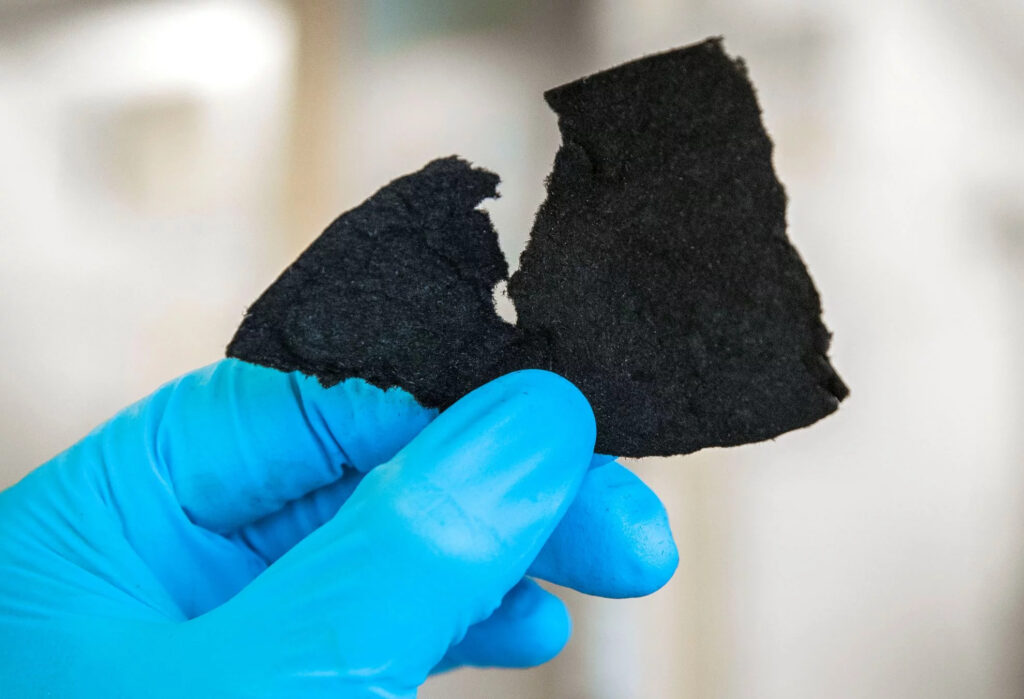Paper Batteries — Everything You Need to Know
January 21, 2019

When you’ve been in the packaging game as long as we have at Ernest, you see some pretty creative uses of paper. As technology advances, paper has become an adaptable tool to meet a variety of needs in our ever-changing industry. Paper batteries are one of the next steps for this versatile packaging material — here’s everything you need to know about this technology of the not-too-distant future.
WHAT IS A PAPER BATTERY, ANYWAY?
Paper batteries are simple to understand on a surface level, but there’s a lot of science going on behind the scenes. At a glance, paper batteries are just that: thin sheets of paper that are able to carry an electrical charge. In application, it’s as simple as that!

Photo courtesy of BillerudKorsnäs
On a more scientific level, these revolutionary batteries utilize electrodes based on cellulose from wood fiber. By eliminating the traditional metal casing, these batteries will be a major step forward for sustainability. Consumers may one day be able to recycle their battery and the box they came in right in the same bin!
WHO’S BEHIND THE RESEARCH?
As with any new technology, there are a number of contenders in the paper battery game trying to make a name for themselves. The first you should know is Swedish paper manufacturer BillerudKorsnäs, who has partnered with a local university to fuel their research and development of the technology.
The Swedish group’s goal? To kickstart the future of smart packaging (as always, the E-Team called it first!). “The paper battery is a key piece of the puzzle in efforts to product smart packaging that requires small, sustainable power sources,” says BillerudKorsnäs technical director Magnus Wikström.
With paper-thin batteries, smart packaging of the future can monitor the status of the product it contains. Imagine picking up a box of medicine from the pharmacy, and being able to see that its temperature and moisture content were never compromised before your purchase. That extra layer of consumer assurance is all thanks to this emerging technology.
WHAT ARE THE OTHER BENEFITS?
While BillerudKorsnäs is focusing on the consumer-specific applications of paper batteries, a group of professors at State University of New York, Binghamton are touting their humanitarian implications. Their research has developed a battery that’s slightly different than its Swedish counterpart — it runs on bacteria!
Here’s how it works: pieces of paper are layered with thin coats of metal, then coated with a special type of bacteria. When introduced to water, the bacteria created energy which is absorbed by the electrodes printed onto the paper — and voila! A battery is born. Whodathunkit that bacteria would be so important in the packaging world?
This particular paper battery will be especially useful in developing nations. Electricity is still a luxury in many parts of the world, and having access to an inexpensive and disposable battery will make a true difference in the lives of underprivileged people.
At Ernest, we’re already well versed on the topic of eco-friendly batteries! When our client Dragonfly Energy sought to improve the specialized packaging for their renewable lithium-ion batteries, Ernest came to the rescue. Read our white paper to see how.


